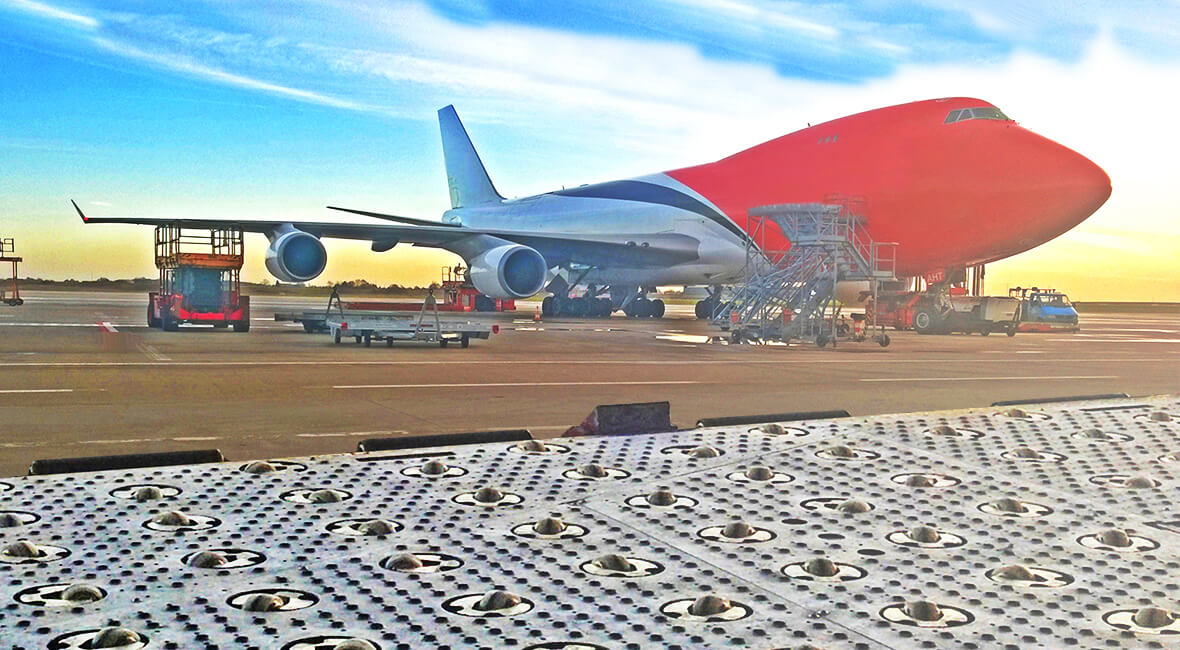Quality in motion
Bearings are a significant part of a wheel, they are of great importance for the operational characteristics (performance) and the mobility of the equipment. Wheel bearings must meet various requirements, such as load capacity, service life, environmental influences, shockproof, rolling resistance and weather etc ... We make a difference between the following wheel bearings:
1. Plain bearing
A plain bearing (or solid bearing) is a construction in which the shaft rotates in a hole. Plain bearings are traditionally used for applications that will not move much. Under normal circumstances, plain bearings are maintenance-free and corrosion resistant.
2. Roller bearing
A roller bearing is fabricated out of steel or stainless steel, the rollers are placed in a cage. Which roll between the axle and the wheel hub. When rotating no slide but a rolling resistances will occur, this is relatively low even at higher loads. Wheels with roller bearings are the most common used standard solution for home, garden and kitchen applications. Roller bearings are solid and maintenance-free to some degree.
3. Cup cone bearing
A Cup cone bearing is a compact, simple ball bearing. That consists of an outer- (cup) and inner (cone) bearing, between these two parts steel balls are running. Cup cone bearings are not common. Because of the angle in which the bearing rings are positioned, this bearing is very resistant to take a side load on the wheel.
4. Deep groove ball bearing (precision ball bearing)
A deep groove ball bearing, also called precision ball bearing consists of an inner and an outer ring between these two parts steel balls are running. This bearing meets the highest requirements with respect to load-bearing capacity and environmental influences. A deep groove ball bearing (precision ball bearing) is the standard in the field for high technical demanding equipment and wheels that have to take a heavy load.
5. Tapered roller bearings
Tapered roller bearings have tapered inner and outer ring raceways, in between tapered rollers are arranged. Because of their design taper roller bearings are suitable for the inclusion of combined axial and radial loads. The axial load capacity of the bearings is largely determined by the contact angle. The wider the angle, the higher is the axial bearing load capacity. Tapered roller bearings can generally be taken apart in the cone, consisting of an inner ring with rolling elements in a cage, and the cup (outer ring).










